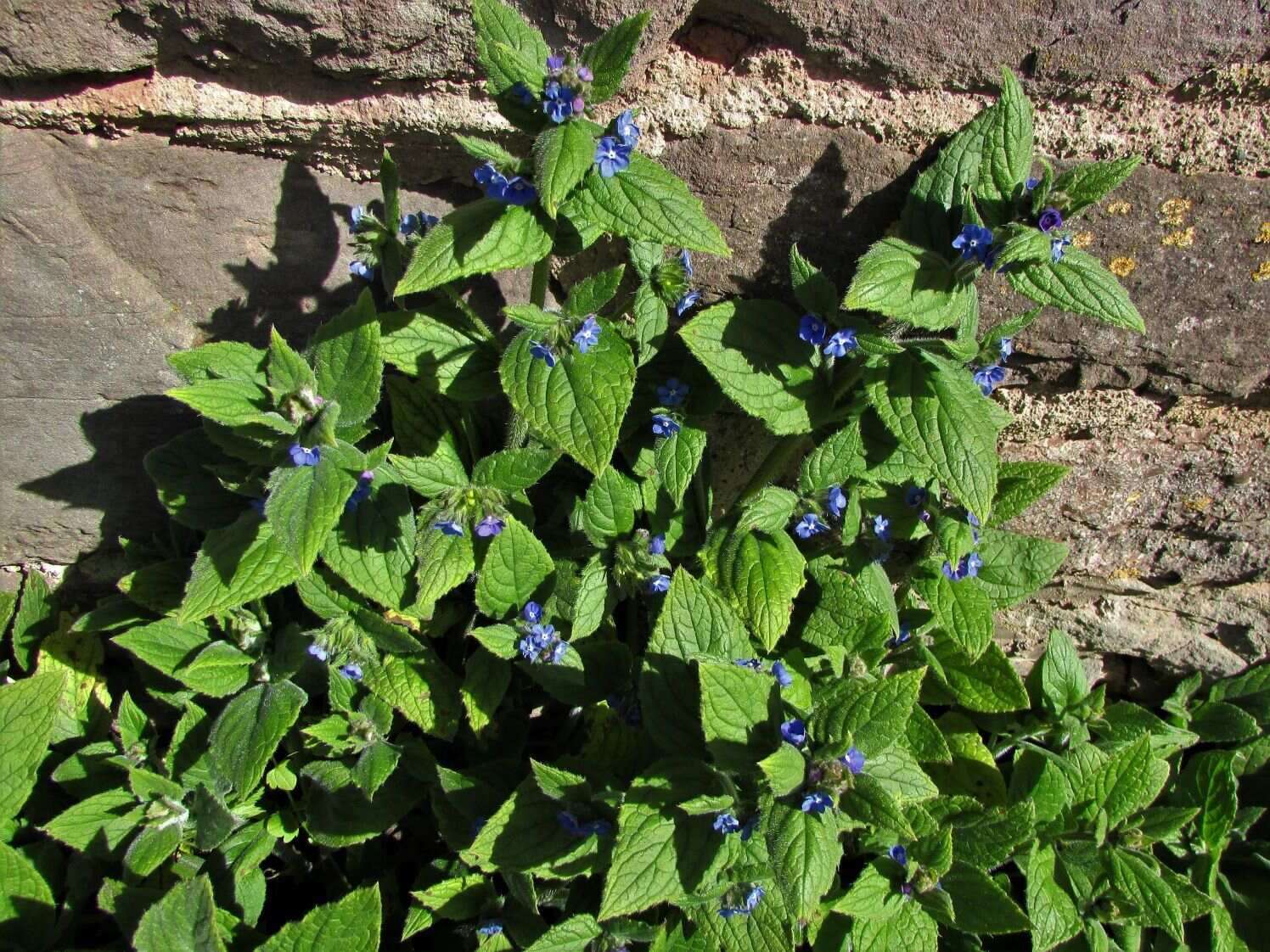
Alkanet, a plant often overlooked, holds a treasure trove of interesting facts. Did you know that this herb, belonging to the borage family, has been used for centuries in dyeing fabrics? Its roots produce a vibrant red dye, once prized by ancient civilizations. But that's not all—alkanet also boasts medicinal properties. Traditional healers have used it to treat wounds and skin conditions. Curious about its culinary uses? In some cultures, alkanet leaves are added to salads for a unique flavor. From its historical significance to its modern-day applications, alkanet is more than just a pretty plant. Ready to learn more? Let's dive into 34 fascinating facts about this versatile herb.
What is Alkanet?
Alkanet, scientifically known as Alkanna tinctoria, is a plant with a rich history and a variety of uses. This herb, belonging to the borage family, has been utilized for centuries for its vibrant red dye and medicinal properties. Let's dive into some fascinating facts about this intriguing plant.
Historical Significance of Alkanet
Alkanet has been around for ages, playing a significant role in different cultures and industries. Here are some historical facts that highlight its importance.
- Ancient Egyptians used alkanet as a dye for textiles and cosmetics.
- In medieval Europe, alkanet was a popular ingredient in herbal remedies.
- The plant's name, "alkanet," is derived from the Arabic word "al-hinna," meaning "henna."
- Alkanet was traded along the Silk Road, spreading its use across continents.
- Renaissance artists used alkanet to create rich, red pigments for their paintings.
Alkanet in Traditional Medicine
Alkanet has been valued not just for its dye but also for its medicinal properties. Here are some ways it has been used in traditional medicine.
- Alkanet root has been used to treat skin conditions like eczema and psoriasis.
- It is known for its anti-inflammatory properties, helping to reduce swelling and pain.
- The plant has been used to soothe burns and wounds due to its cooling effect.
- Alkanet is believed to have antimicrobial properties, making it useful in treating infections.
- Traditional healers have used alkanet to alleviate symptoms of respiratory issues like bronchitis.
Alkanet in Modern Uses
While its historical uses are fascinating, alkanet continues to be relevant today. Here are some modern applications of this versatile plant.
- Alkanet is used as a natural food coloring, especially in confectionery and beverages.
- The cosmetic industry uses alkanet for its natural red dye in lipsticks and blushes.
- It is a popular ingredient in natural soaps and skincare products.
- Alkanet is used in the production of natural inks and dyes for fabrics.
- Some herbal teas include alkanet for its potential health benefits.
Growing and Harvesting Alkanet
For those interested in cultivating this plant, here are some facts about growing and harvesting alkanet.
- Alkanet thrives in well-drained soil and sunny locations.
- It is a hardy plant, capable of withstanding drought conditions.
- The plant can grow up to 60 cm in height, with vibrant blue flowers.
- Alkanet is typically harvested in the summer when its roots are most potent.
- The roots are dried and ground to produce the red dye.
Fun Facts About Alkanet
Beyond its practical uses, alkanet has some fun and quirky facts worth knowing.
- Alkanet is sometimes called "dyer's bugloss" due to its dyeing properties.
- The plant's roots can produce a range of colors, from red to purple, depending on the pH level.
- Alkanet has a unique, earthy aroma that some people find appealing.
- It is a relative of the forget-me-not flower, sharing similar blue blooms.
- Alkanet has been used in traditional tattooing practices for its vibrant color.
Alkanet in Culinary Uses
Alkanet isn't just for dyeing and medicine; it also has some culinary applications.
- Alkanet root is used to color cheeses and other dairy products.
- It can be used to add a natural red hue to homemade liqueurs and wines.
- Some traditional recipes use alkanet to color and flavor rice dishes.
- Alkanet is sometimes used in baking to create visually stunning desserts.
- The plant's leaves can be used as a garnish, adding a pop of color to salads.
Environmental Impact of Alkanet
Alkanet also plays a role in the environment, contributing to biodiversity and ecosystem health.
- Alkanet attracts pollinators like bees and butterflies with its bright blue flowers.
- The plant can help prevent soil erosion due to its robust root system.
- Alkanet is a low-maintenance plant, making it ideal for sustainable gardening.
- It can be used in companion planting to deter pests and improve soil health.
Alkanet's Fascinating World
Alkanet isn't just a pretty plant. It's packed with history, uses, and benefits. From its vibrant red dye to its medicinal properties, this plant has been a part of human life for centuries. Ancient civilizations used it for cosmetics, while modern herbalists value its soothing qualities. Its roots can create stunning colors for fabrics and even food. Plus, it’s a natural remedy for skin issues and inflammation.
Knowing these facts about alkanet can deepen your appreciation for this unassuming plant. Next time you see it, remember its rich history and versatile uses. Whether you're a gardener, a history buff, or someone who loves natural remedies, alkanet has something to offer. So, keep an eye out for this remarkable plant and consider how it might add a touch of nature's magic to your life.
Was this page helpful?
Our commitment to delivering trustworthy and engaging content is at the heart of what we do. Each fact on our site is contributed by real users like you, bringing a wealth of diverse insights and information. To ensure the highest standards of accuracy and reliability, our dedicated editors meticulously review each submission. This process guarantees that the facts we share are not only fascinating but also credible. Trust in our commitment to quality and authenticity as you explore and learn with us.
